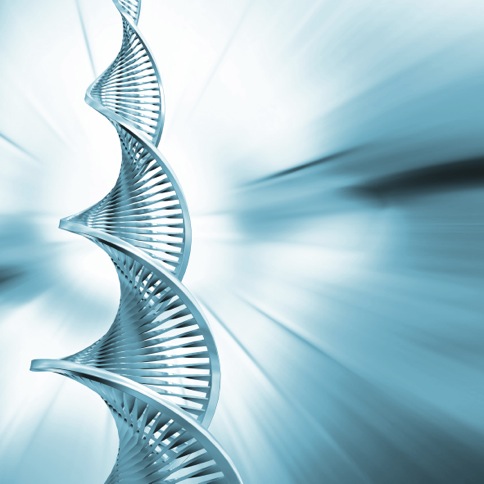“A naturally occurring DNA segment is a product of nature and not patent eligible merely because it has been isolated.”
These are the first words in a 2013 US Supreme Court decision regarding a patent on the human BRCA 1 gene – a product of nature that has been isolated.
Last week the Australian Federal Court ruled that the same patent was valid – directing contradicting the Supreme Court decision.
The Federal Court’s ruling – on a number of fronts – appears to broaden patent law to further entrench the system of de facto patents on life.
The case involved the isolation of a gene that is used in the diagnosis of a woman’s likelihood of getting breast cancer. Myriad Genetics, which holds the patent on the gene, controls access to research materials and the diagnostic tests associated with the isolated gene. This has resulted in a monopoly that prevents further research by other scientists or organisations. It has also resulted in diagnostic tests that are significantly more expensive than they would otherwise be, meaning they are beyond the reach of many women.
In July, we reported on some signs of sanity in the crazy world of patents on life. The US Supreme Court recently rejected a number of patents that are ‘products of nature’ and called into question a number of other patents held by biotech companies. Australia appears to be going in the opposite direction.
The Federal Court used several related arguments to uphold the patent. They held that an ‘artificial state of affairs’ was created by isolation of the DNA and therefore the gene was patentable. While rejecting the notion that a ‘product of nature’ is a useful concept in examining patented material (a concept used by the Supreme Court), it adopted an artificiality standard, which depends on an understanding of what is naturally occurring. In other words, in order to find the gene as representing an ‘artificial state of affairs’, they had to conclude that the gene was not naturally occurring. They did so primarily on the basis of its removal from the body. An artificial state of affairs test is broader and less clear than ‘naturally occurring’. It permits a patent over something that occurs naturally provided that it is the result of an ‘artificial state of affairs’. It is obvious that this is not as strong a standard as prohibiting a patent on something that is naturally occurring, and in part explains the difference between the outcomes of the two cases.
The Court also held that an ‘inventive step’ satisfies the category of invention and that the isolation of the gene was an inventive step. This broadening of the concept of invention has serious implications for the scope of patents. In this case, an inventive step may have occurred but there remains an absence of invention.
Contradicting the US Supreme Court again, the Australian Federal Court rejected the notion that the patent in question is held over information, holding instead that it is a patent over a product. This is simply sophistry and results in a perverse system in which a de facto system of owning information is permitted under the guise of holding a patent over a product or an ‘artificial state of affairs’. A patent over a gene that is a product of nature is by definition a patent over the information which that gene contains. In this case, the utility of the gene (which the court emphasises is a part of the assessment of patent validity) is the information it contains, as it is this information which allows the potential diagnosis of breast cancer. That information exists before isolation occurs.
The BRCA1 patent is also potentially a patent over life. In this case, the Court held that it’s only a legitimate patent because it has been isolated from a cell, but what happens when a gene is isolated from one organism and transferred into another unrelated species? Clearly, there is an artificial state of affairs and an inventive step, so the gene would be patentable and because it exists within a living organism a functional patent over that organism is created.
We are frequently told that patents are the key to innovation, however in his book Science Mart, Phillip Mirowski reveals that the data suggest just the opposite. Patents have reduced innovation, in part because they restrict access to information, techniques and methods. Once a patent system protects processes and information not simply products, the perverse side of patent ownership begins to emerge.
The Court insisted that they weren’t making policy, but simply deciding on the basis of previous case law. In order to remove any doubt – and to have a patent system that protects the public good first and foremost – it is past time for our lawmakers to ensure that there are no patents over products of nature and no patents on life. Legislation which prohibited patents on humans, human genes and biological processes, was tabled in 2010 – but never voted on – and it ultimately lapsed. Perhaps it’s time to try again.


